Anna Ross is the founder of ethical beauty business Kester Black, a clean, ethical, forward-thinking beauty brand and B-Corp.
A former Telstra Australian Young Business Woman of the Year, InStyle magazine Woman of Style and Vogue Game Changer, Anna was a judge for our inaugural The Circle Awards AUS & NZ in 2021.
Kester Black recently ran a Birchal crowdsourced equity funding campaign, which raised $1.3m (AUD) in the first 24hrs, and totalling of $2,167,013.20 (AUD) from 1,687 investors.
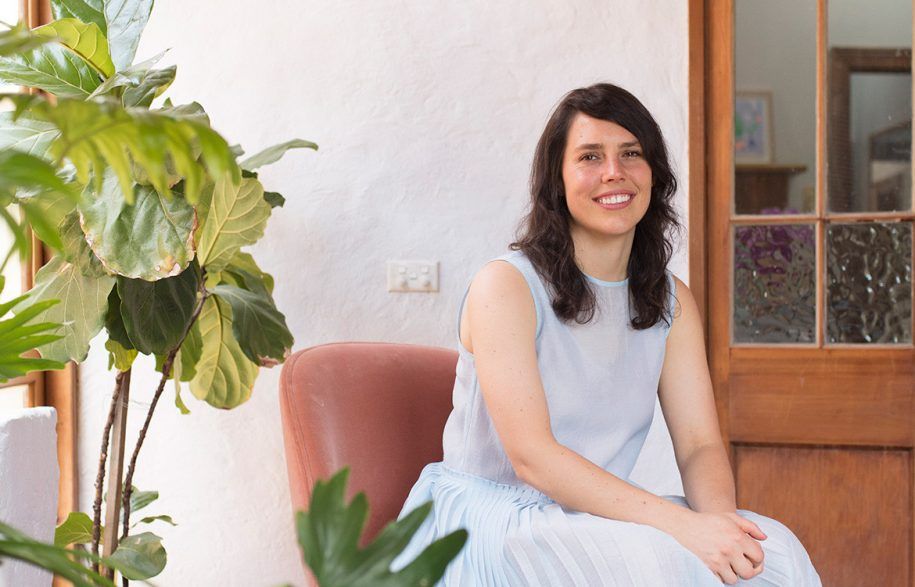
Here are the five things she recommends to help any business be better, based on her first-hand experience…
#1
Find the right tools to set a strategy
Define your key anchors and use them to guide every decision.
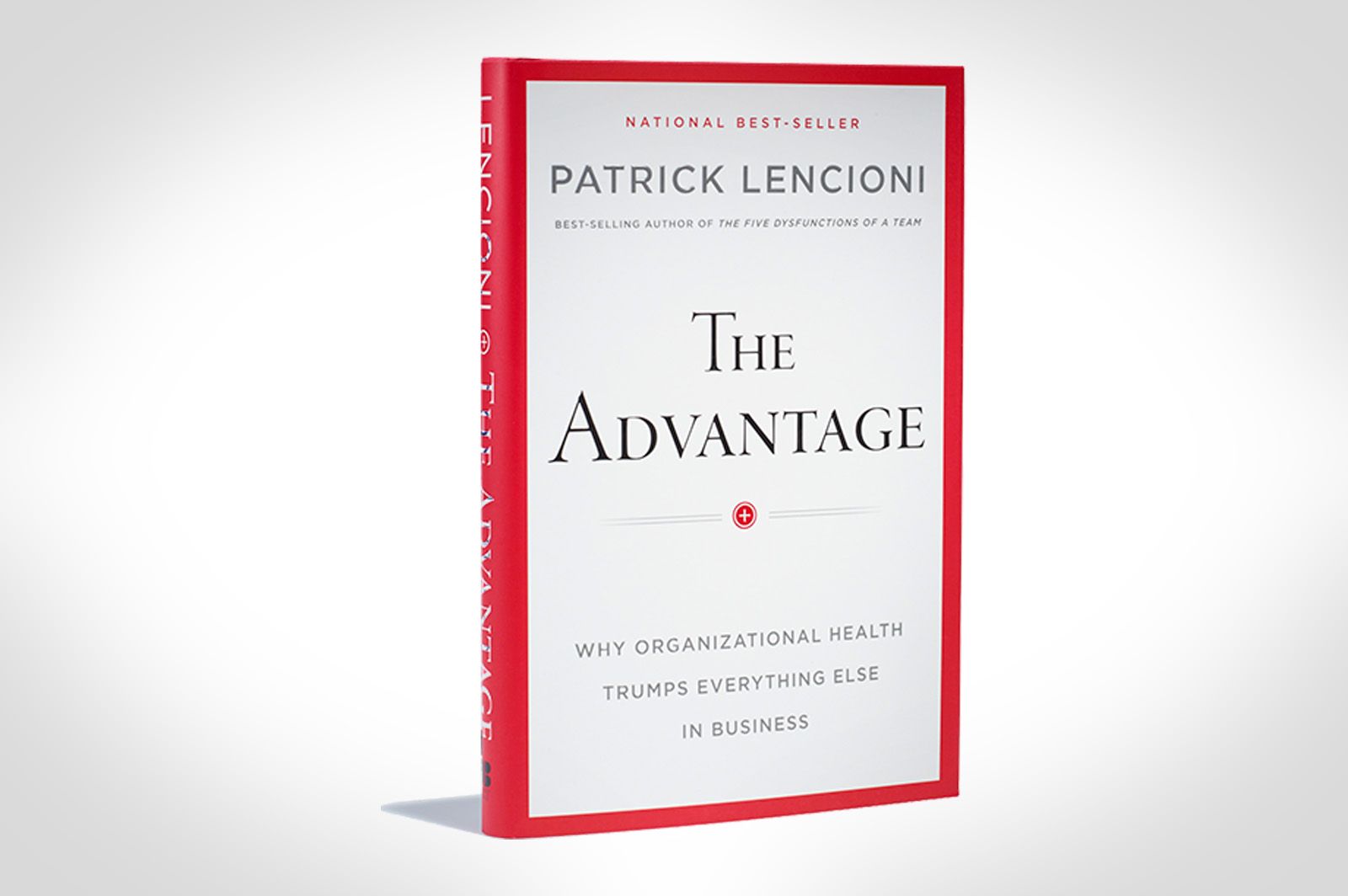
I love The Advantage by Patrick Lencioni – One of the first questions it asks is “why do we exist or what’s our core purpose?” The second is “how do we behave, or what are our core values versus aspirational values?” Then it’s “what do we do and how we will succeed?”
Those three questions – the strategic anchors – think of them as your non-negotiables. These anchors provide a filter or lens, and every decision must be evaluated through it to ensure consistency. This is what will define your business, and make your decisions purposeful, intentional and unique in a way that will maximise your success and differentiate you from your competitors.
#2
Design for sustainability
It’s really hard to retrofit sustainability, but it’s easy to design it in.
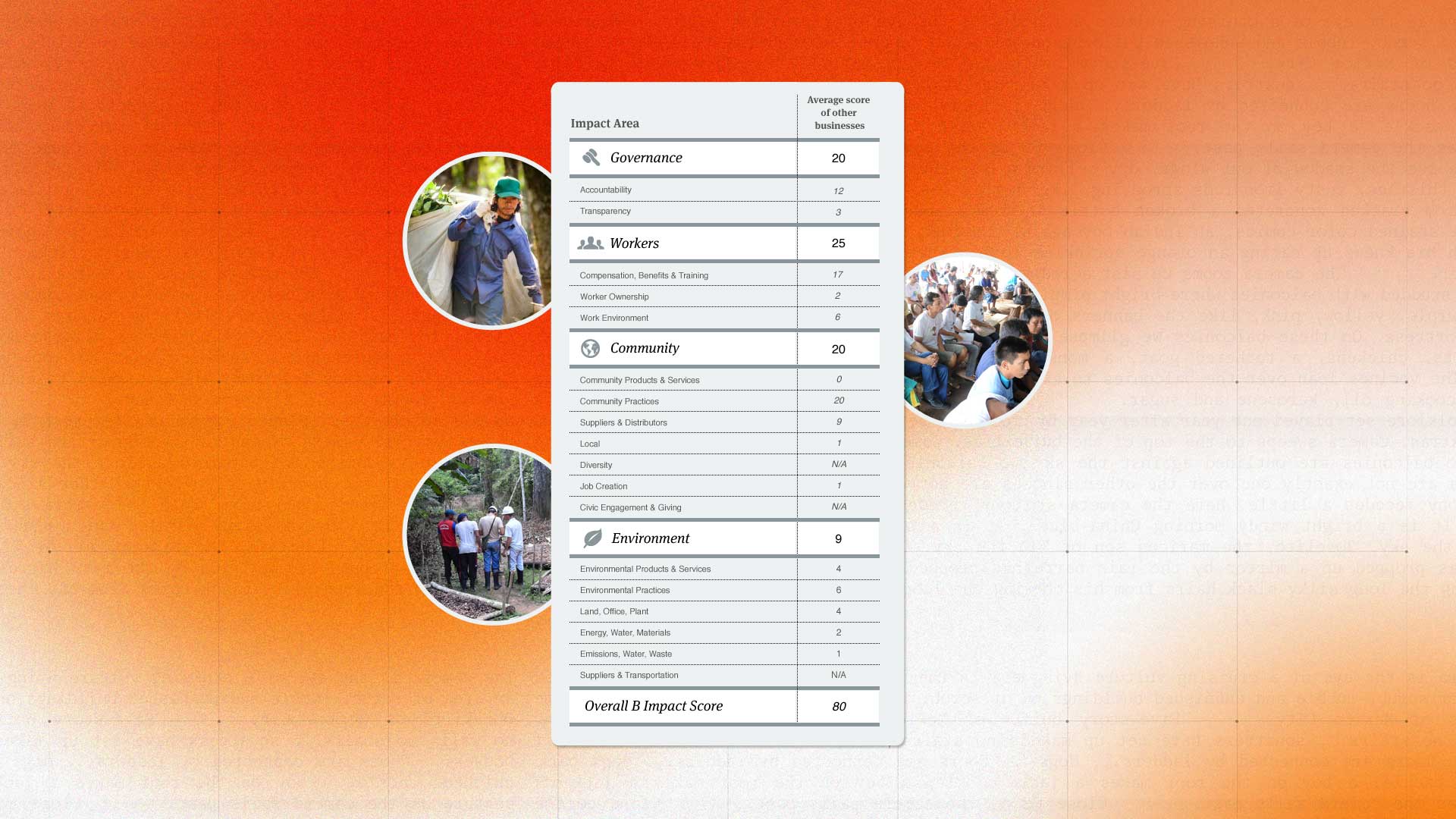
Good design or sustainable thinking comes from the design phase, especially when you’re making skincare or cosmetics.
The free B-Corp Impact Assessment questionnaire gives you an idea of what they’re measuring. I tell everybody to do it, to get a feel for where their business sits.
It really makes you think. We were Vegan, Cruelty-free and used sustainable packaging. I thought that was all there is to sustainability and then we did the B-Corp questionnaire and I was like ‘woah!’. But that was early on in my journey, and I learnt so much from doing that quiz. We worked on the business for three years before we got enough points to be able to certify.
#3
Build in your standards from the start
Even if you don’t get accreditations initially, use their standards to guide decisions.
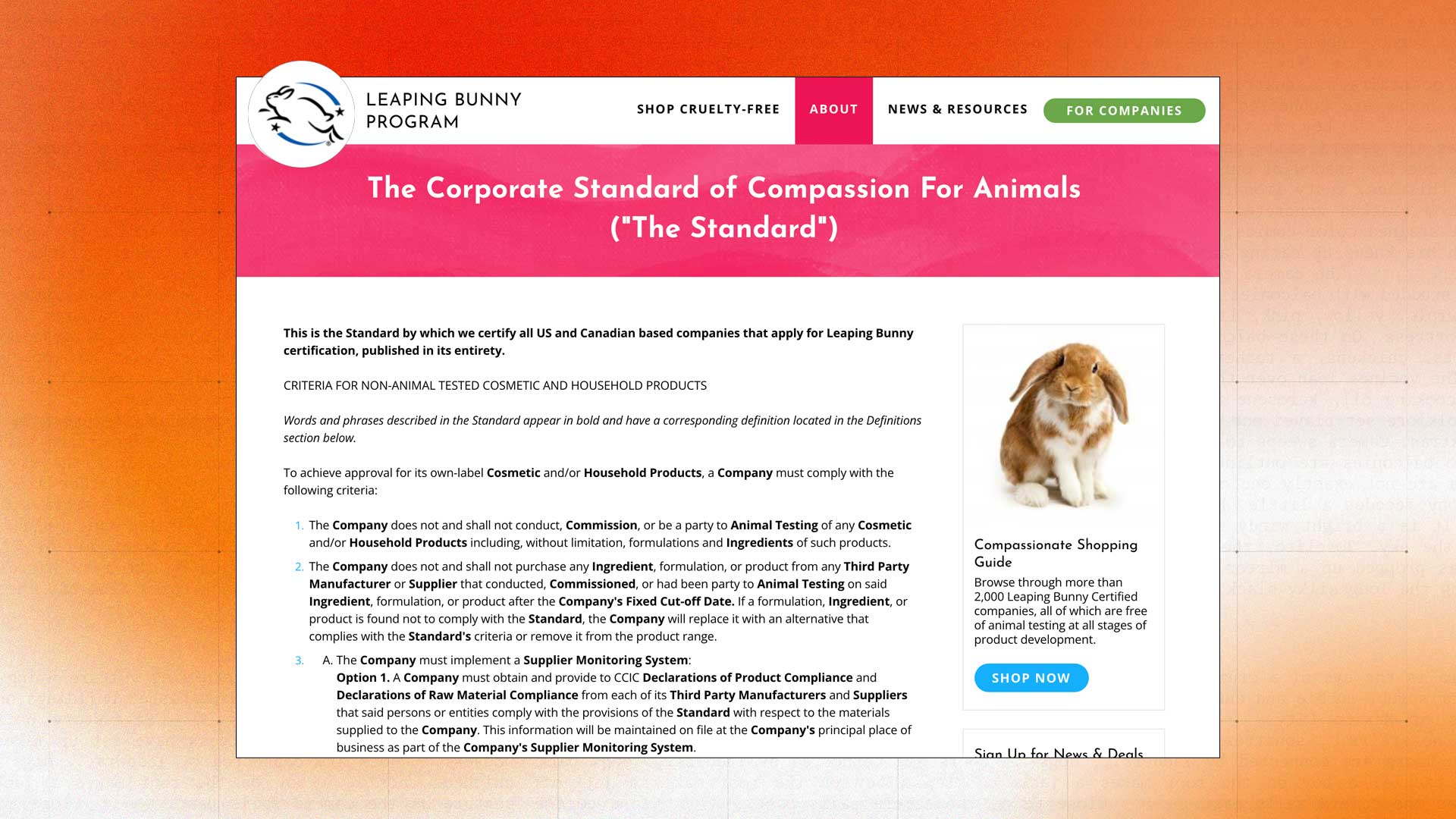
Accreditations are a hefty upfront energy load, but in the long run it’ll save you lots of time and energy communicating to customers.
For example, we want to go for CleanCert accreditation, but we’ve been making products for ten years. We looked at the ingredients lists, and now when we’re about to launch a new product category, we design with that list in mind. But it’s hard for us to get the CleanCert accreditation on any of our other products because we didn’t design them that way from the start… but in the future, we will know that all of our products will comply already.
#4
Find the right accreditations for you
Choose those that are accredited by a third-party.
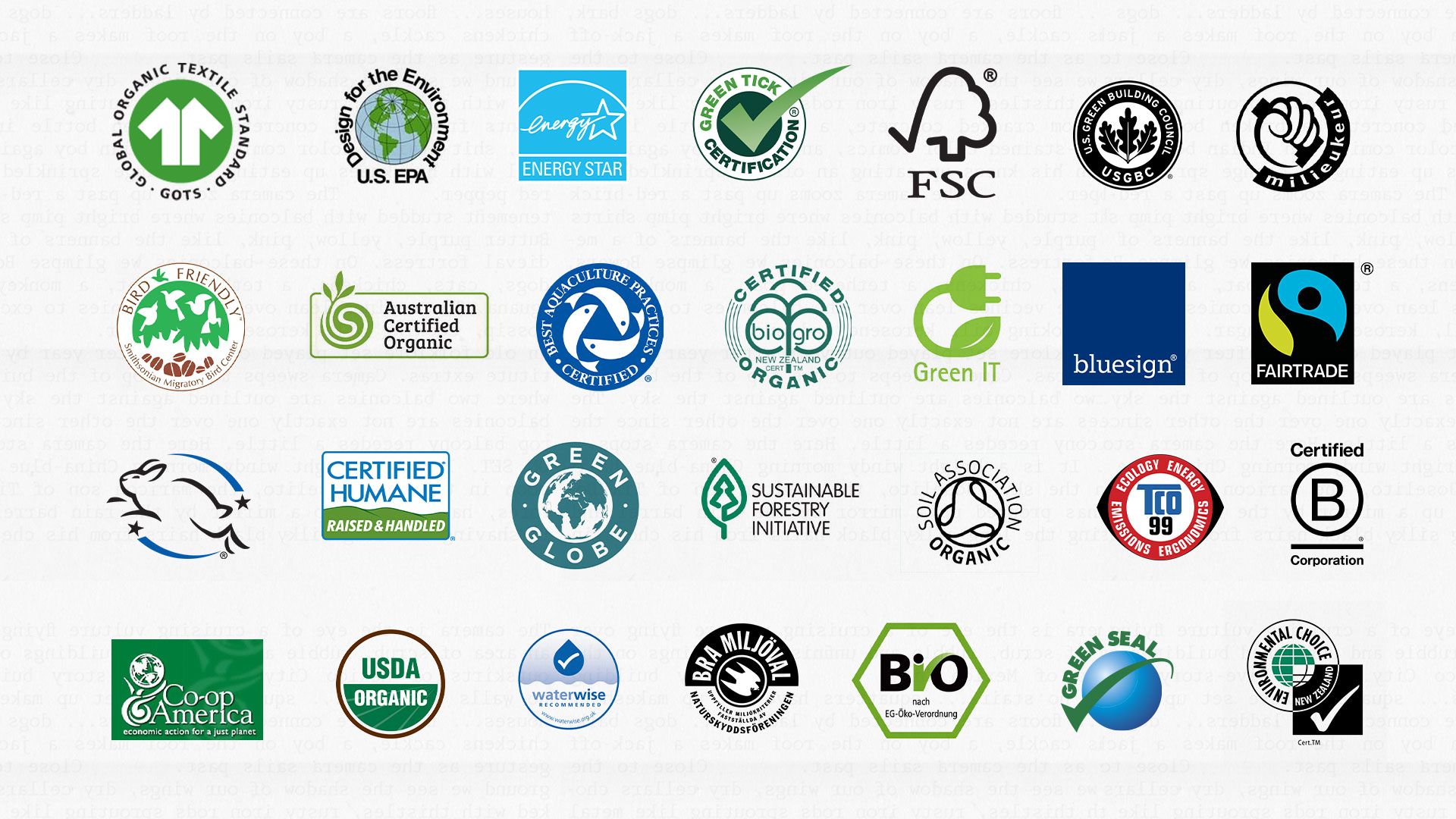
Accreditation providers or partners that provide frameworks or services are so varied and some carry more meaning than others, depending on the industry you’re in. If a sustainable business is wasting money trying to get the wrong ones, it stops them from being able to move forward and do more good… We ended up going with Leaping Bunny International for our cruelty-free accreditation, because it does third party audits – all of our accreditations are audited.
We get accreditations to create transparency for our customers as they make it easier for customers to buy from companies that are aligned with their personal values.
#5
Own your mistakes
Build trust with your customers by being transparent.
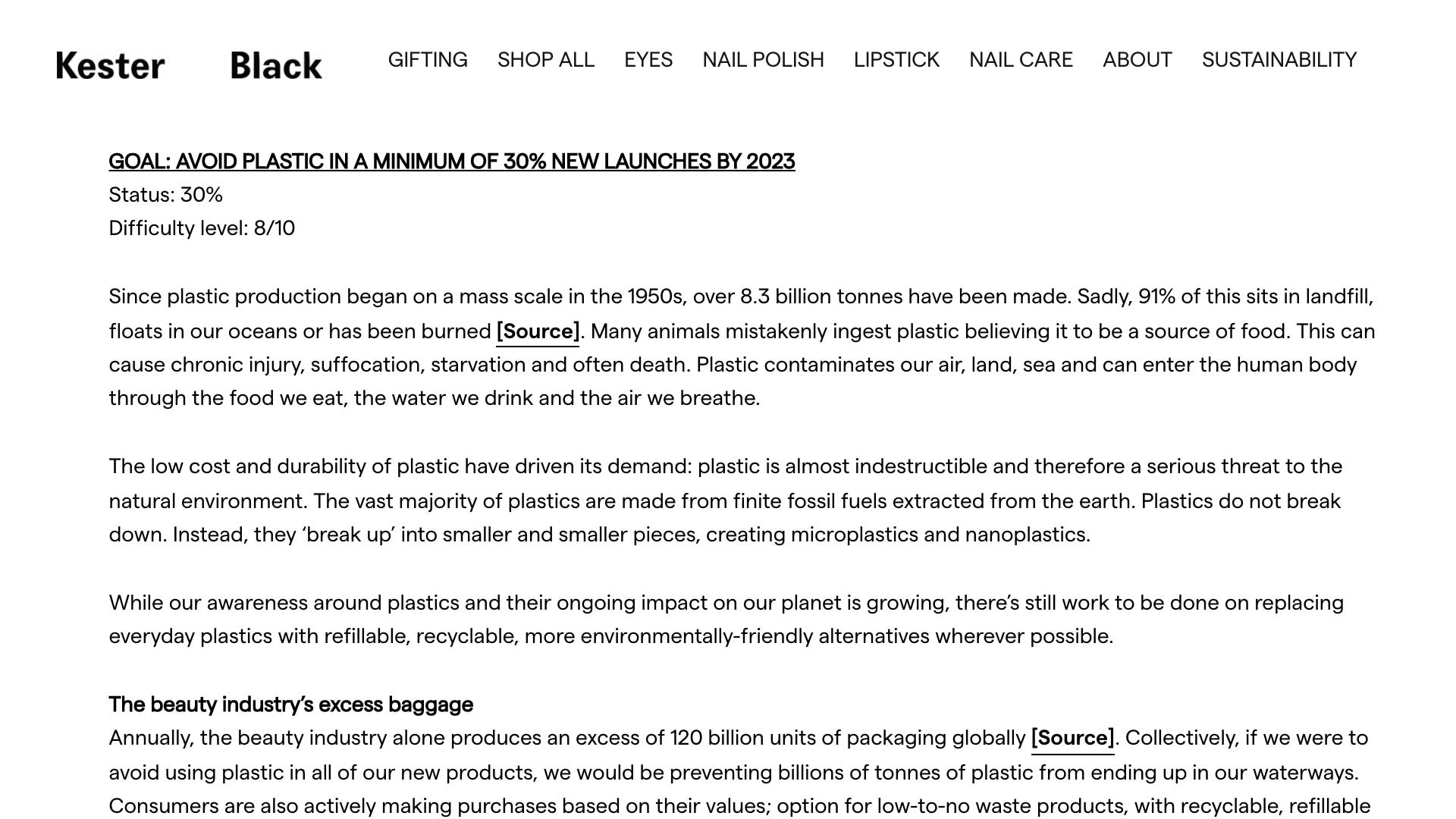
When we launched ten years ago, sustainability was the kind of thing hippy mums were interested in. We’ve definitely made a couple of mistakes over the years. One thing we’ve always done well is admit when we make mistakes. We did this big sustainability strategy, but never cemented it, so this year we’ve written 20 goals we are working towards. Some we’ve achieved, some we’re almost there, and some we haven’t started on. Showing progress is important – discussing setbacks, instead of branding ourselves as the most ethical and sustainable beauty brand in the world.
People can go onto our website and see where we’re failing, and if we make a mistake we just say it; we created that community. You don’t want to set yourself up as the leader because then people can pick up on you and crush you. Instead, we have a completely transparent conversation with customers and community. That’s why they like us, because we’re honest, not because we’re the best.




